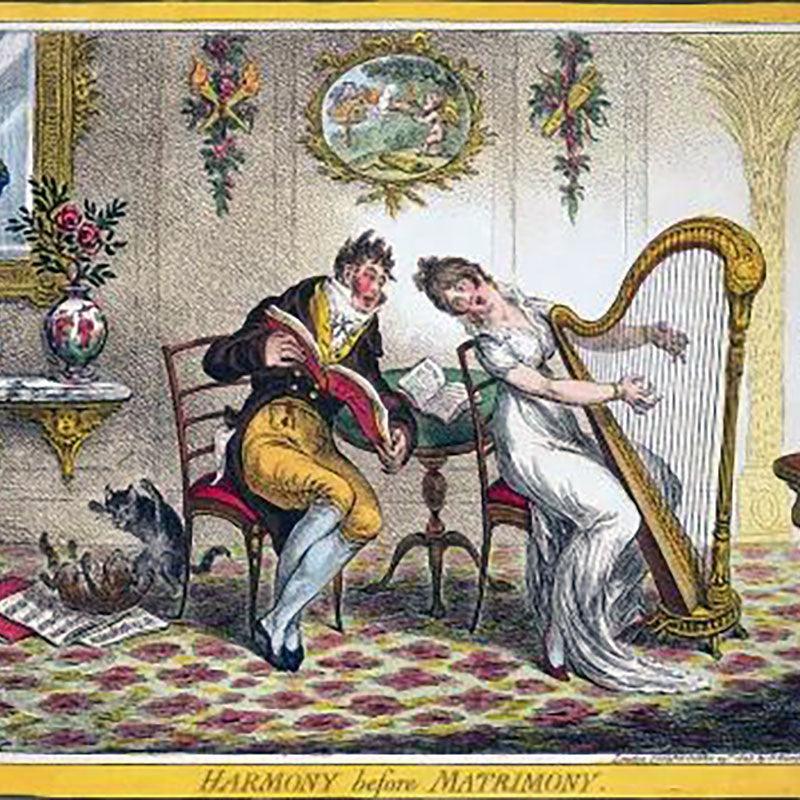The Georgian Practice of Sea Bathing
While Bath and other interior Spa towns remained popular places for Regency vacationers and those seeking restorative waters alike, by the 1790’s a new fad had sprung up: Sea-bathing. Prescribed by doctors as early as 1750, things really took off when George III chose to recuperate in Weymouth in 1789, giving this treatment the Royal stamp of approval.
The Austens enjoyed many seaside holidays and Jane sent several characters to various seaside resorts for adventures. Lydia travels to Brighton to meet her fate while Georgiana Darcy shares a similar experience in Ramsgate, Anne and Captain Wentworth share a fateful day in Lyme, the Knightly children spend the summer sea-bathing on the advice of their doctor, Jane Fairfax and Frank Churchill meet and become engaged at Weymouth and Emma honeymoons by the sea. Even Jane’s unfinished novel, Sanditon, is set in a seaside resort town of the same name. Sea-bathing was merely an extension of the indoor spa bathing practised at the various bath houses and hot springs located around England. The most obvious difference in this Regency form of exercise which sets it apart from its modern-day equivalent is the conditions under which it was prescribed. While one would suppose the summer months to be the most popular in which to visit, view and even bathe in the ocean, doctors of the time often prescribed immersion in the coldest water available- records of the Austen family’s visits range from September to February and nearly every month in between. Brrrr! In 1791, Jane’s cousin and future sister-in-law Eliza spent January and February in Margate for the sake of her small son.
-
A Doctor, she wrote, had assured her that “one month’s bathing at this time of year was more efficacious than six at any other...The sea has strengthened him wonderfully, and I think has likewise been of great service to myself. I still continue bathing notwithstanding the severity of weather and frost and snow [!], which I think is somewhat courageous.” I find it courageous too! Austen, herself, went bathing on several occasions during a visit to Lyme in September 1804. In Persuasion, Mary Musgrove goes bathing during their extended stay in Lyme in November. One can hardly imagine Mary strutting her stuff on a beach, but how else was this to be accomplished? Another passage from the same book tells us, “the principal street almost hurrying into the water, the walk to the Cobb, skirting round the pleasant little bay, which, in the season, is animated with bathing machines and company...are what the stranger's eye will seek." Ah! The Bathing Machine. But what is that?

The Bathing Machine, invented in the early 1700s by Benjamin Beale, was a wooden hut built on wheels into which a lady could ascend. They were described by Walley Chamberlain Oulton in 1805 as "carriages, covered with canvas, and having at one end of them an umbrella of the same materials which is let down to the surface of the water, so that the bather descending from the machine by a few steps is concealed from the public view". Once a lady was inside the bathing machine, she could change into garments more suitable for bathing (which in most cases was a muslin shift) without being seen. The vehicle would then be pulled by horses or a bathing woman, known as a Dipper, out into the ocean until the water was about shoulder deep. The lady inside would descend the steps out of the bathing machine with the aid of her bathing woman and, once submerged, begin to enjoy all the healthful benefits of the sea. In such a way, the ladies of the upper class were able to enjoy the ocean, all while preserving their modesty. By the 1890s, bathing machines became stationary and were only used as changing rooms, rather than facilitators for getting into the sea.
*****
Enjoyed this article? If you don't want to miss a beat when it comes to Jane Austen, make sure you are signed up to the Jane Austen newsletter for exclusive updates and discounts from our Online Gift Shop.




1 comment
I read somewhere that a dark blue gown was a traditional bathing costume. Have you heard of this or know where I can confirm or find out more about bathing costumes?
Anonymous
Leave a comment
This site is protected by hCaptcha and the hCaptcha Privacy Policy and Terms of Service apply.